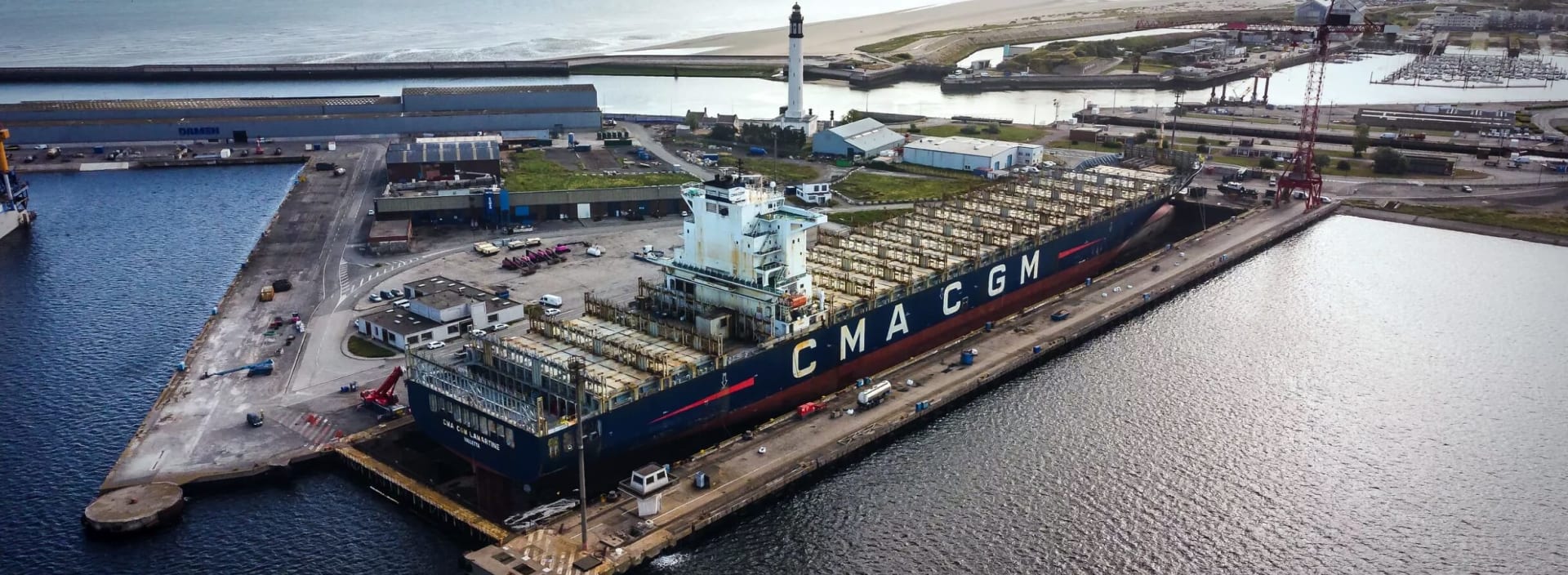Wartsila extends leadership in hybrid vessel segment

The technology group Wärtsilä has extended its long-held lead within the field of hybrid electric vessel systems. Recent figures from Clarkson’s Research show that there are currently more than 300 hybrid vessels delivered or on order. Wärtsilä has delivered and received orders for 70 vessels as of 13 May 2022 and this number continues to increase – with a current market share of over 20%, and a combined installed battery capacity surpassing 100 MWh.
A hybrid vessel propulsion system typically combines engines and batteries, so when compared to diesel-mechanical or full electric vessels, hybrid vessels are considered to be more complex. Using energy storage allows for lower installed engine power, resulting in lower fuel use – critical when considering more expensive clean fuels – as well as reduced emissions and better EEXI and CII ratings. The availability of multiple power sources also offers operational flexibility, including running fully electric for extended periods depending on battery capacity.
“When hybrid vessels were introduced to the offshore sector – Wärtsilä delivered the first ever hybrid system to the Viking Lady in 2012 – we are now seeing rapid uptake among RoPax and Ro-Ro, small merchant vessels, tugboats and car carriers. Wärtsilä’s market leadership highlights both our early role in driving hybrid propulsion forward and the continued technology developments that keep us at the forefront of this growing sector,” says Roger Holm, President, Wärtsilä Marine Power.
Two important elements of hybrid vessels are the ability to integrate multiple vessel systems and real-time optimisation of the on-board energy system. Wärtsilä combines a wide range of system expertise across a broad range of ship power and propulsion machinery with unparalleled hybrid integration expertise, honed across multiple vessel installations and at its dedicated Hybrid Centre in Trieste, Italy.
Wärtsilä’s large installed base of hybrid vessels in operation also feeds into its proprietary energy management system, which dynamically optimises the onboard energy system depending on the operational mode and environment.
Typical functions for hybrid vessels include spinning reserve to provide emergency power in case of blackout; peak shaving to keep engines running at optimal load; full electric manoeuvring to comply with port emission regulations; and dynamic load taking to reduce the time it takes for vessels to start up and reach a required speed.
“A hybrid propulsion system is not designed around a list of components but around a set of functions that the owners demand. It is the energy management system that enables these functions and Wärtsilä’s wide experience is coded into this system,” says Torsten Büssow, Director, Wärtsilä Ship Electrification Solutions.
Hybrid vessels hold the ability to accommodate multiple power sources – including wind, solar and onshore charging - and their ability to reduce fuel consumption dramatically improves the business case for using clean fuels, which are expected to be more expensive than current fuels. The demand for hybrid vessels is therefore anticipated to grow further as environmental regulations are introduced and industry emission reduction target dates approach.
A timeline of hybrid vessels
2012: Wärtsilä designs and installs the first retrofit hybrid system on offshore vessel Viking Lady
2018: Wärtsilä designs and installs the first newbuild hybrid system on Ro-Pax Victoria of Wight
2019: Wärtsilä provides hybrid system and pilots full-electric start on the first hybrid tug, Lulea
2020: Wärtsilä provides hybrid systems for the first hybrid shuttle tankers, owned by Altera Infrastructure (formerly Teekay Offshore)
2021: Wärtsilä provides systems for the first small merchant hybrid vessels, bulk carriers operated by Aasen Shipping
2022: Wärtsilä provides hybrid systems for the first big Ro-Ro and RoPax hybrid vessels, owned by Finnlines

